Rocked by the death of his lifelong friend Jo Schlesser in 1968, French racing entrepreneur Guy Ligier temporarily withdrew from motorsport to embark on a different quest: to build his own sports car in tribute to his fallen comrade. Of course, motorsport success was the ultimate aim, and building road cars both for homogolation and financial reasons was a necessity.
So it begins...
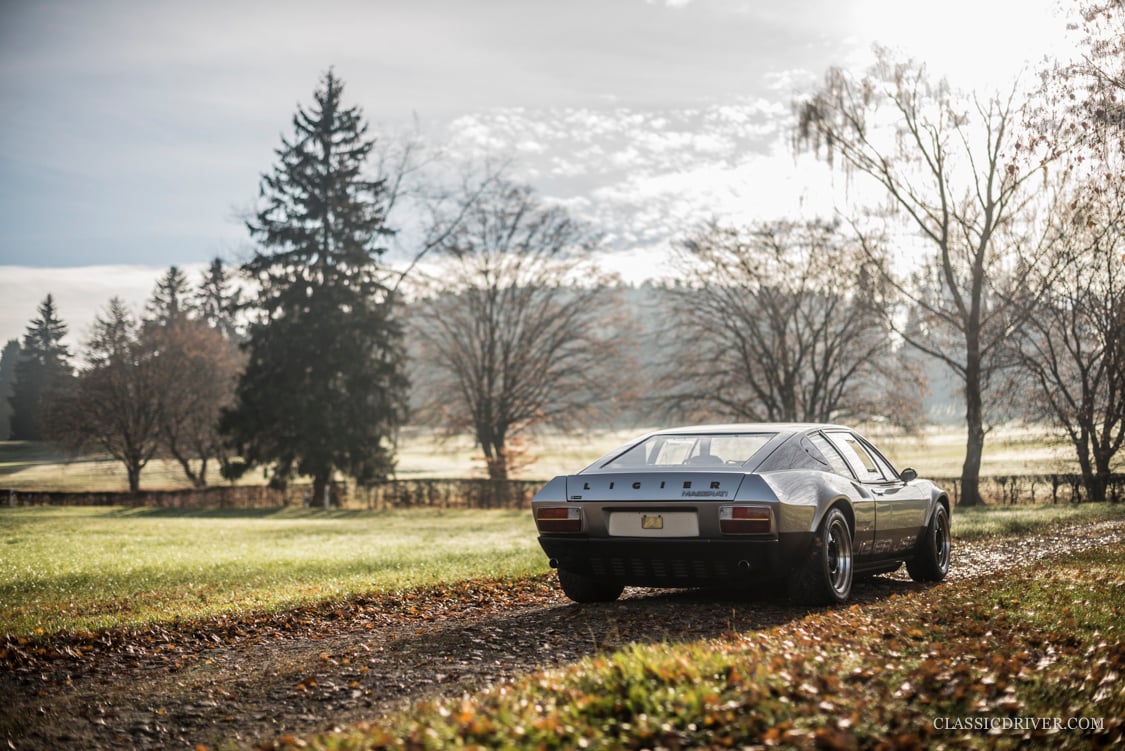
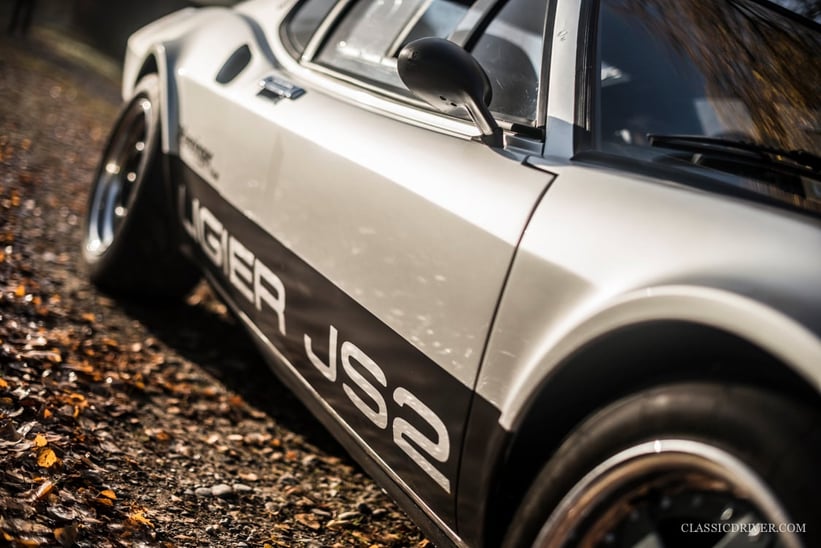
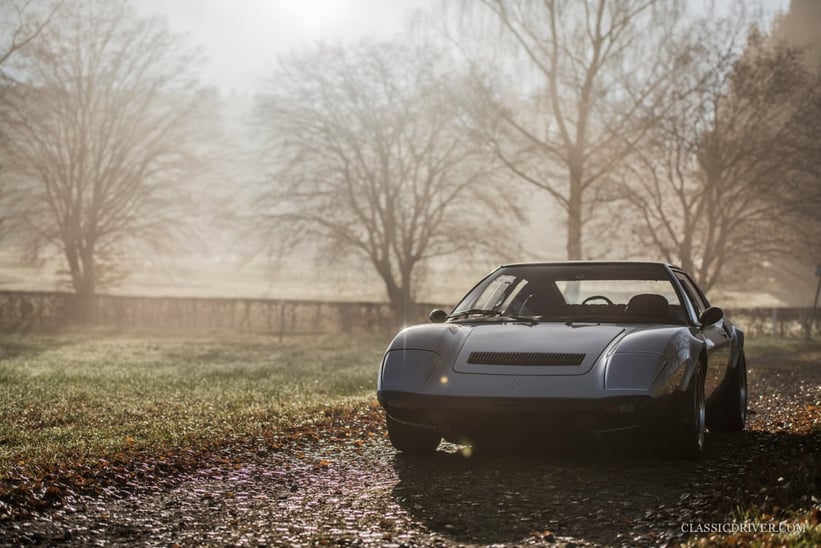
Proudly adopting Schlesser’s initials for its name, the mid-engined JS2 (following the primitive prototype JS1) made its debut at the 1970 Paris Salon. Ford was originally due to provide the engines, but it withdrew at the last minute owing to other motorsport commitments. So Ligier turned to Citroën (which had recently taken full control of Maserati) for help. The French company obliged, and Alfieri’s Maserati V6 from the SM was shoehorned into the rear of the JS2, after some modifications by the car's designer Michel Tetu.
Patience prevails
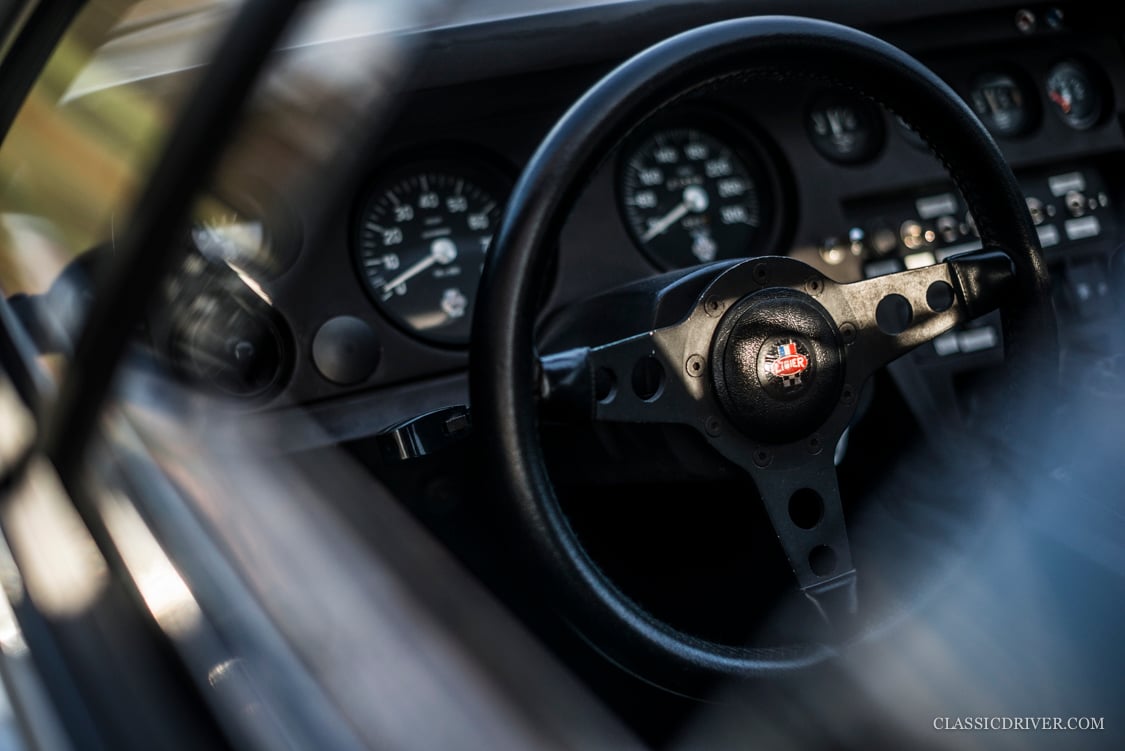
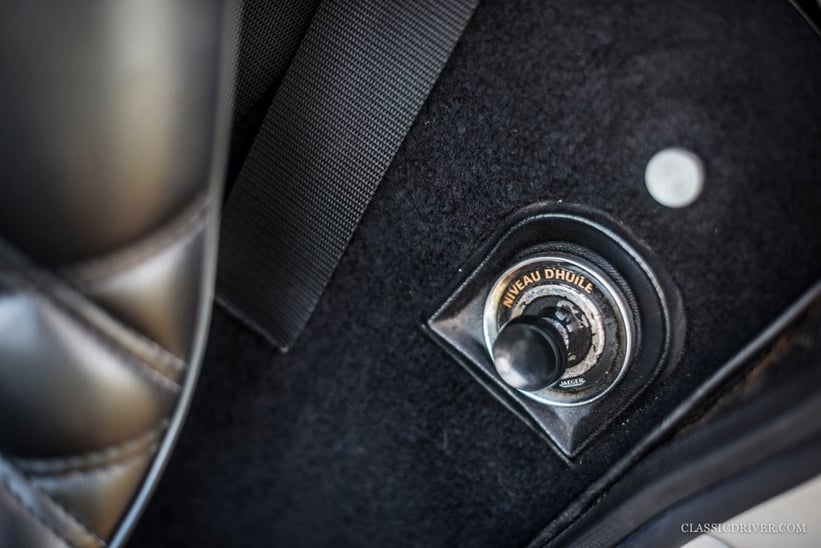

In the World Sportscar Championship, the race-prepared, Maserati-powered JS2s were plagued by chronic engine issues for three seasons. It wasn’t until 1974 that, thanks to a host of significant aerodynamic and engine upgrades, things finally seemed to come good for the Vichy-based outfit. At that year’s Tour de France Auto, Gérard Larrousse, Jean-Pierre Nicolas and Johnny Rives claimed victory, ahead of teammates Bernard Darniche and Jacques Jaubert – the car’s sole one-two finish. Ironically, having reverted to Ford DFV power for the following 1975 season, a JS2 finished second overall at Le Mans. It was a bittersweet pill to take.
Thoroughly thought out
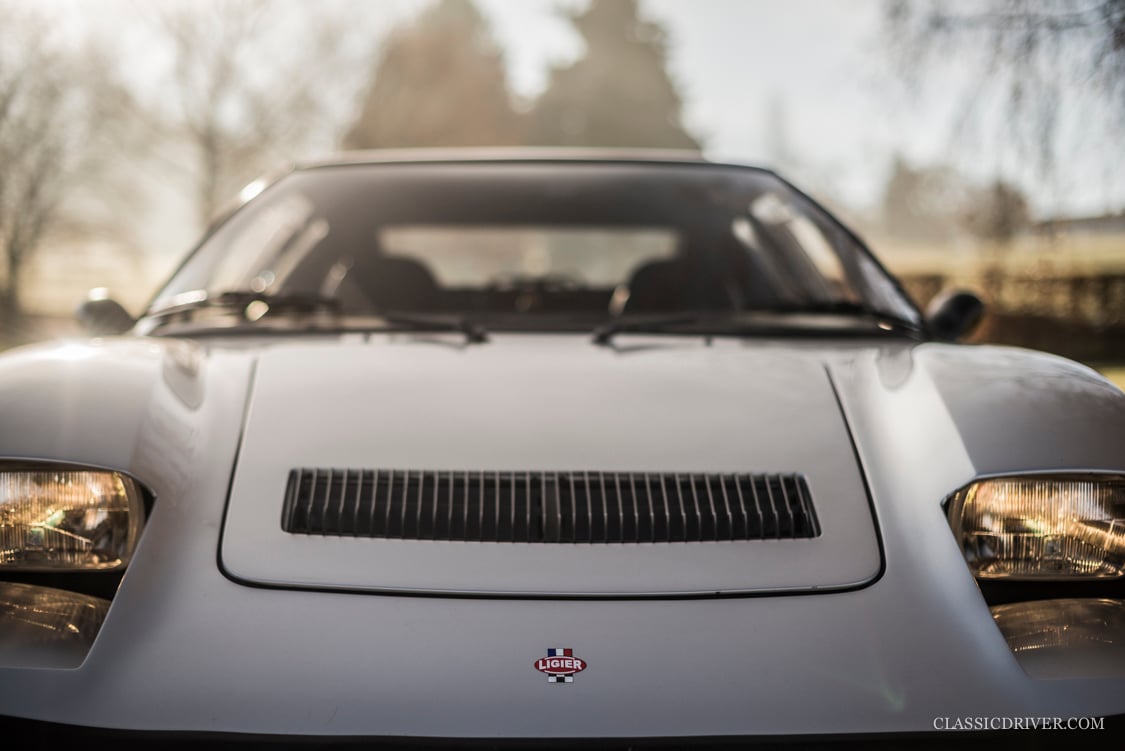
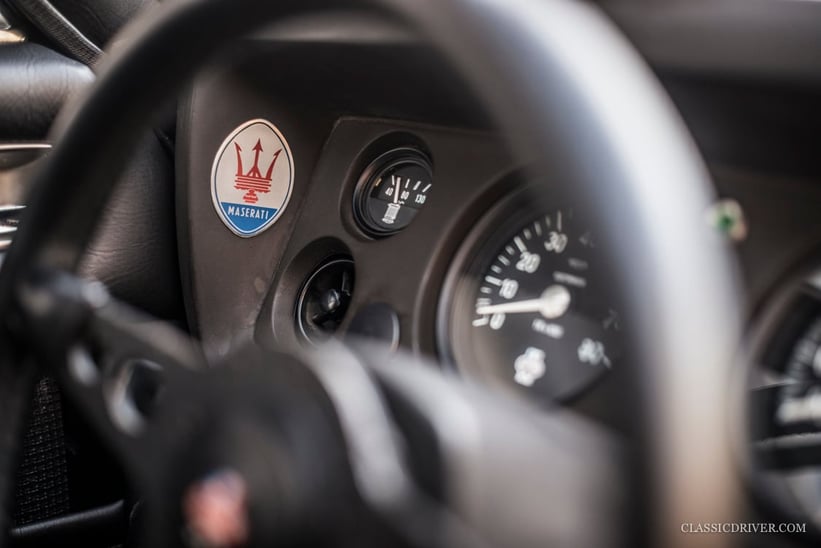
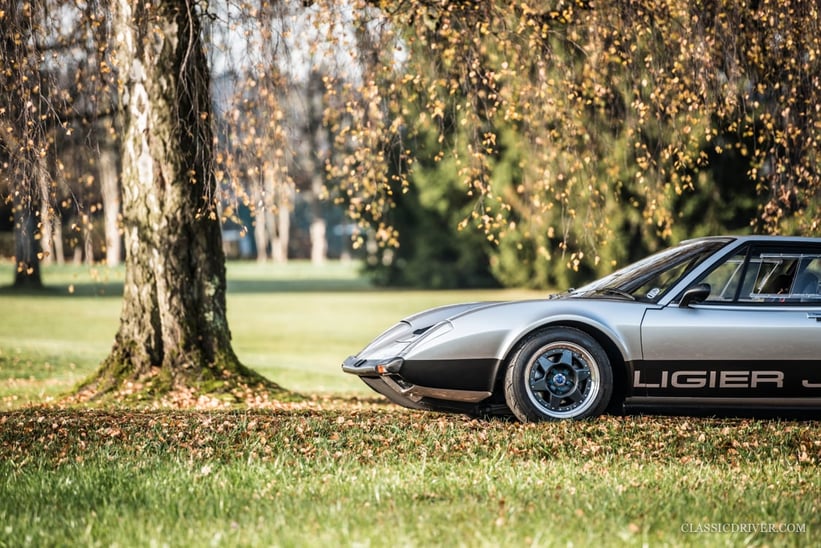
Based largely on a Frua design, the road-going JS2 is not a conventionally beautiful car but its low, hunched stance and well-proportioned hips and waistline are rather fetching, allowing you to forgive the slightly awkward-looking glasshouse. It’s there for a reason, though – from the outset, Ligier had wanted his car to be truly practical, hence the wide-opening doors, vast windscreen for forward visibility and generous boot (trimmed in quilted leather, naturally).
It’s a similar story inside, with plush comfortable leather seats and plenty of space. And as if you needed reminding of the car’s exotic Italian credentials, the emblem of the Trident marque has been proudly retrofitted on the dash below the A-pillar, in a space that appears to be designed for this specific purpose. This is first and foremost a true racing sports car, however, and its dynamic characteristics were (and still are) particularly well-regarded.
One man's vision
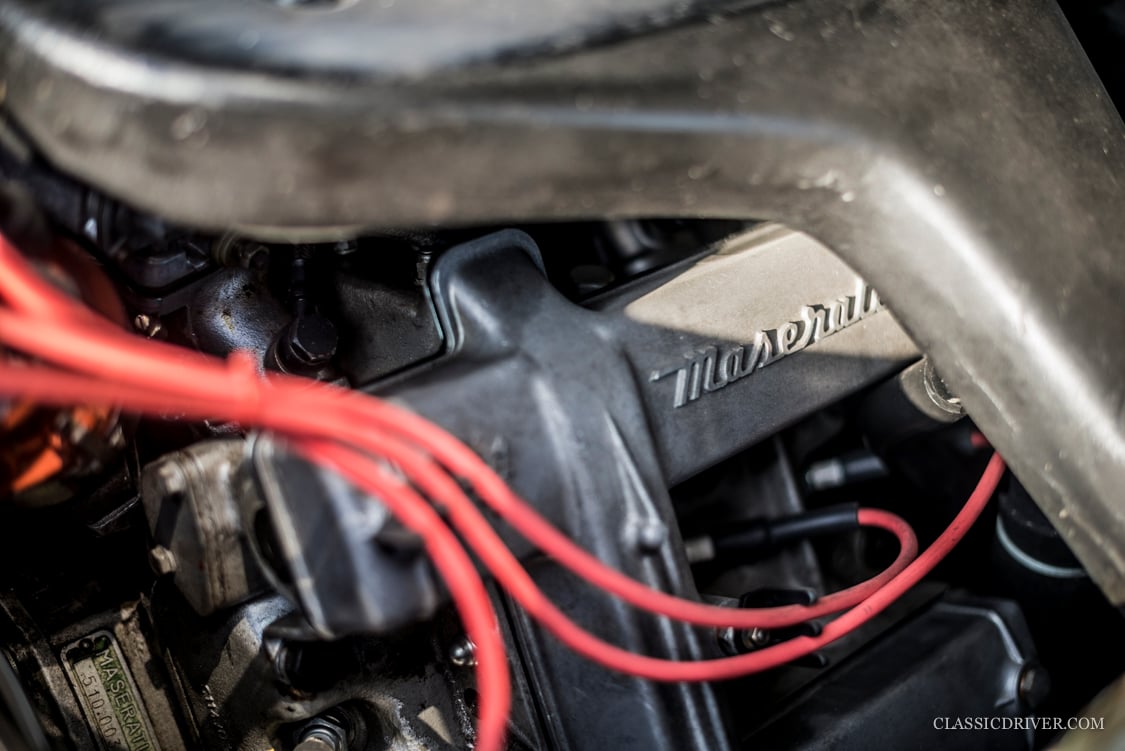
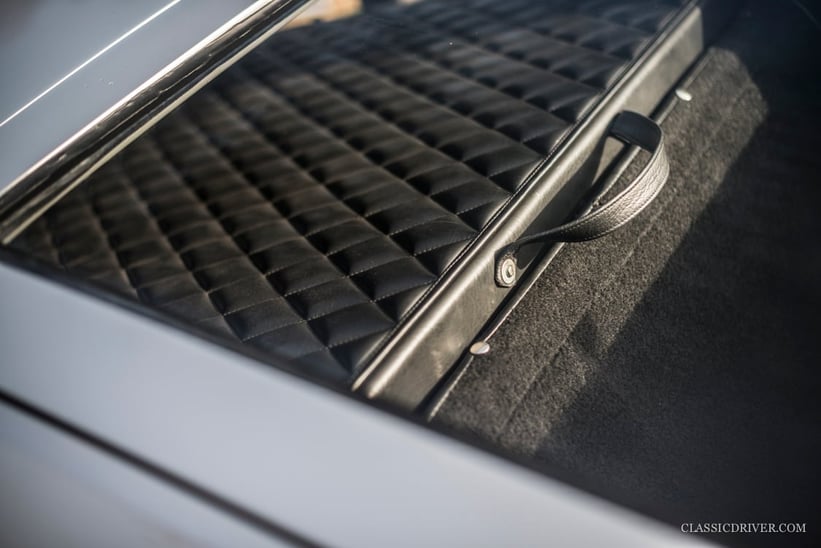
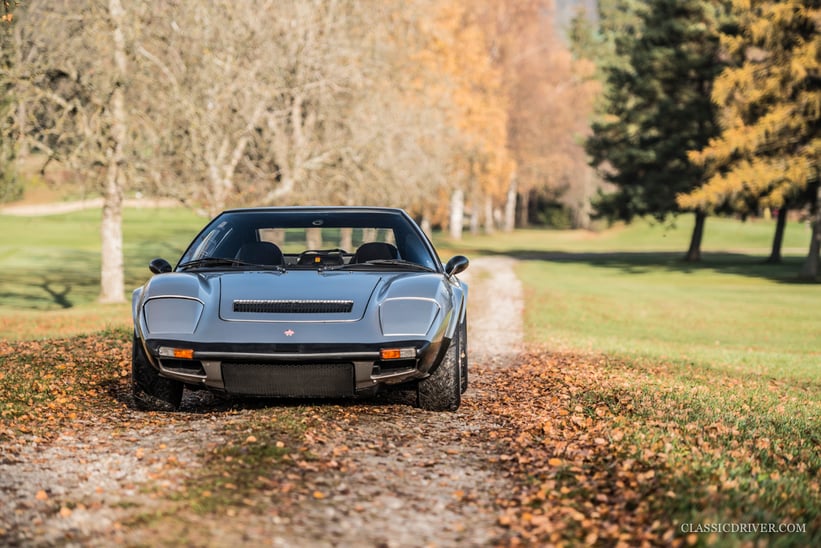
It’s not known how many road-going JS2s were produced at Vichy, with claims varying wildly from 82 to some 300. Nevertheless, their rarity means they seldom emerge for sale, particularly outside France. This final-iteration 1975 model – notable for its covered headlights and five-nut wheels – currently for sale at Swiss Classic Driver dealer Pfenninger Autos, then, presents an exceptional opportunity to own one of these Gallic-Italian pocket rockets. A truly remarkable individual and the face of France’s motorsport revival, Guy Ligier sadly died last year. This car was his vision (realised by gifted engineer Michel Tetu, who is deserved of as much of the credit), and it’s all the more special for it.
Photos: Rémi Dargegen for Classic Driver © 2015
































